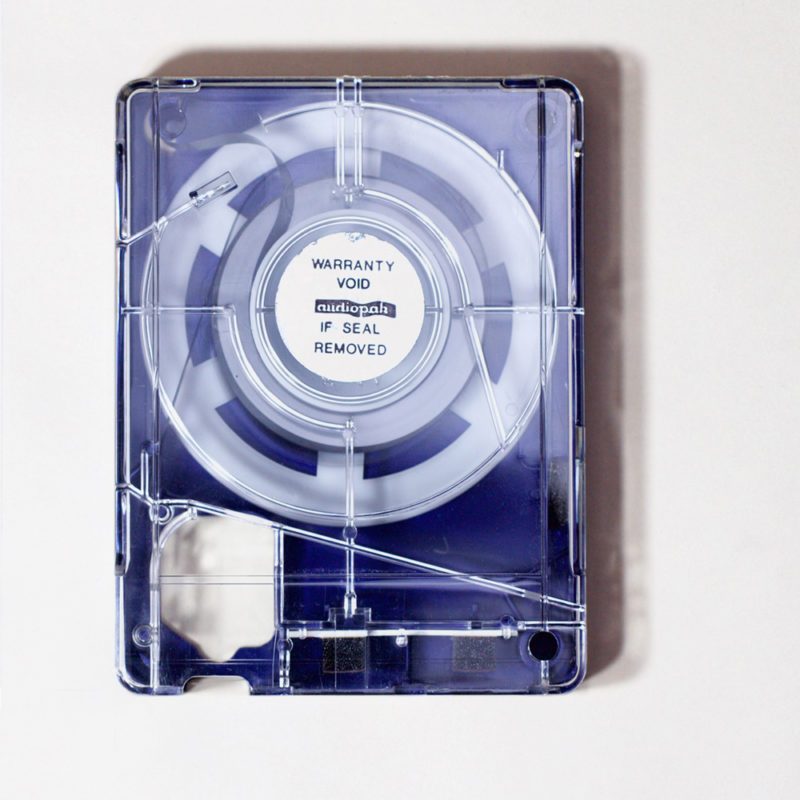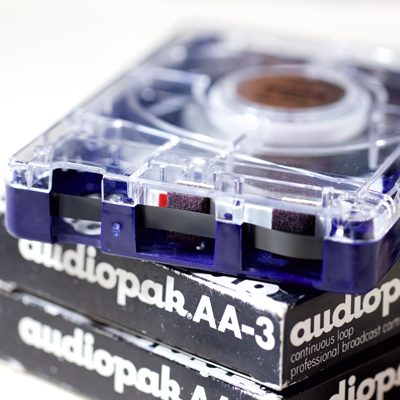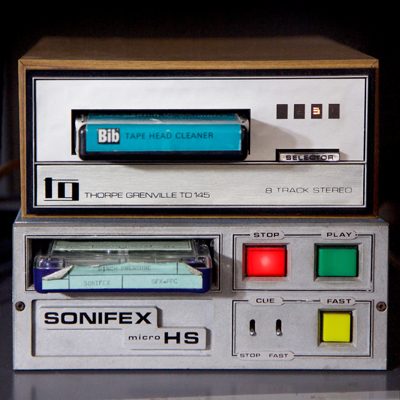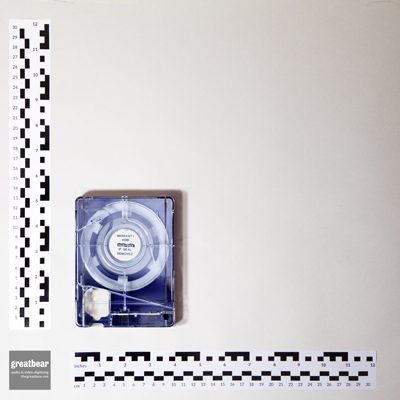introduction to NAB cartridge transfer
At Greatbear, we carefully restore and digitise NAB cartridges or "carts", which are also known as Fidelipacs.
We offer a range of delivery formats for our audio transfers. Following International Association of Sound and Audiovisual Archives TC-04 guidelines, we deliver 24-bit / 96 kHz high resolution Broadcast WAV files, together with MP3 audio file or audio CD listening versions. We're happy to create any other digital audio files, according to your needs. We can also digitise to 24-bit / 192 kHz, if required.
We can provide the appropriately-sized USB delivery media for your files, or use media supplied by you, or deliver your files online. Files delivered on hard drive can be for any operating system - MacOS, Windows or GNU/Linux and filesystems (HFS+, NTFS or EXT3).
NAB cartridges can vary in duration and in the extent of physical tape degradation, so we always assess tapes before confirming the price of a transfer.
We offer free assessments - please contact us to discuss your project.
NAB cartridge machines
Sonifex micro HS NAB cartridge player and others.
NAB cartridge format variation
NAB cartridge risks & vulnerabilities
NAB cartridges use ¼ inch analogue magnetic recording tape just like reel-to-reel tapes. This tape is joined as an endless loop with conductive tape between sections or splices for easy and quick access. Because of this, many of the issues that arise with reel-to-reel tape can and do arise over time with NAB cartridges.
These include mould growth if the tape has been stored in damp or humid conditions, sticky shed syndrome and general oxide shedding. Fortunately these issues are treatable and most tapes can be recovered, but it is a process that is complicated by the endless loop design in the cassette shell.
The best way to recover problem tapes is to remove the tape from the cartridge shell and play it on a ¼ inch reel-to-reel machine with a specially-made repro head for the NAB format.
NAB cartridge recording history
"NAB cartridge" or simply "cart", is a magnetic tape sound recording format, developed for use principally in radio broadcasting for the playback on air of frequently-needed material, such as radio jingles, station identifications and adverts.
It was commercially introduced by Collins Radio at the 1959 National Association of Broadcasters (NAB) Convention, hence the name.





